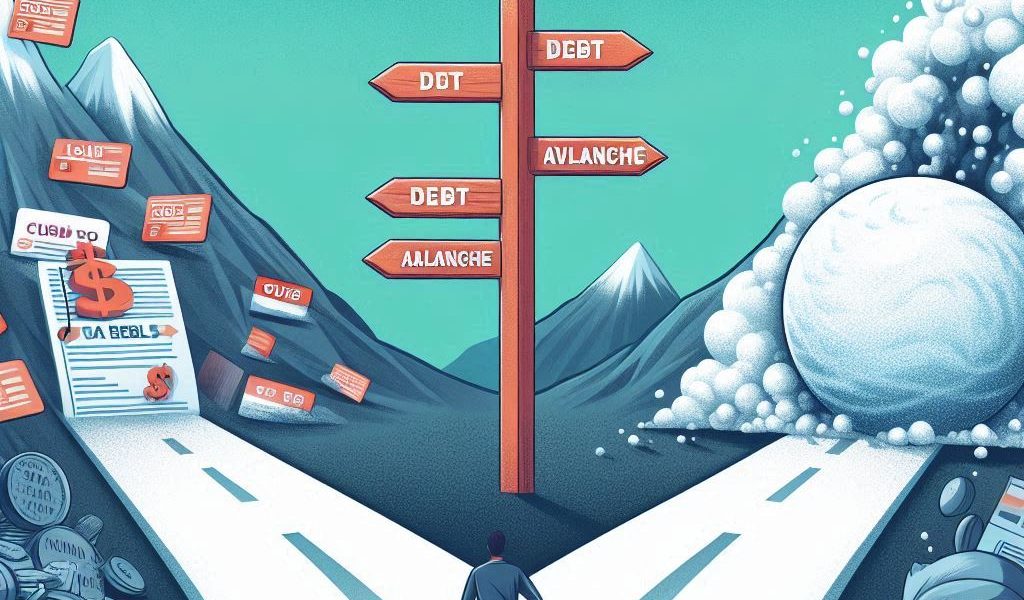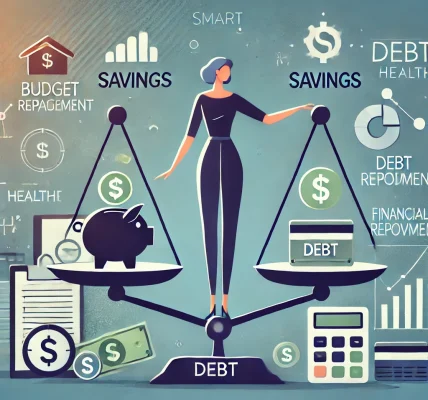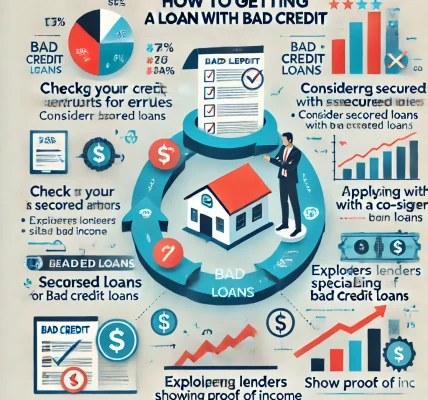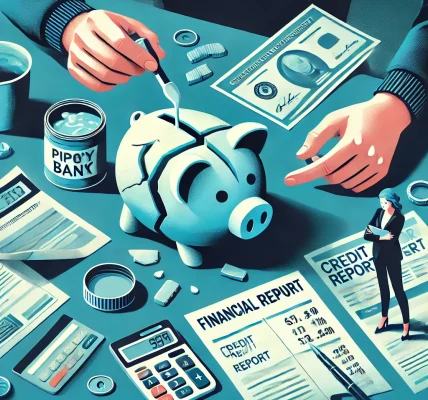Introduction
Debt repayment can feel overwhelming, but choosing the right strategy can make a significant difference. The two most popular methods are the Debt Snowball and Debt Avalanche approaches. Each has its own advantages, and selecting the right one depends on your financial situation, personality, and long-term goals. This DIY guide will help you understand how both methods work, their pros and cons, and how to decide which one is best for you.
Understanding the Debt Snowball Method
The Debt Snowball method, popularized by financial expert Dave Ramsey, focuses on building momentum by paying off smaller debts first. Here’s how it works:
Steps to Follow:
- List all your debts from the smallest to the largest balance, ignoring interest rates.
- Make the minimum payment on all debts except the smallest one.
- Allocate as much extra money as possible toward paying off the smallest debt first.
- Once the smallest debt is paid off, roll the amount you were paying into the next smallest debt.
- Repeat this process until all debts are paid off.
Pros of the Debt Snowball Method:
✅ Provides quick wins, keeping you motivated. ✅ Simple and easy to follow. ✅ Helps build financial confidence as small debts disappear.
Cons of the Debt Snowball Method:
❌ May cost more in interest over time if high-interest debts are left for later. ❌ Doesn’t prioritize financial efficiency; instead, it focuses on psychology.
Understanding the Debt Avalanche Method
The Debt Avalanche method prioritizes cost savings by tackling high-interest debts first. Here’s how it works:
Steps to Follow:
- List all your debts from the highest to the lowest interest rate, regardless of balance.
- Make the minimum payment on all debts except the one with the highest interest rate.
- Allocate as much extra money as possible toward paying off the highest-interest debt first.
- Once the highest-interest debt is paid off, move to the next highest.
- Repeat this process until all debts are paid off.
Pros of the Debt Avalanche Method:
✅ Saves the most money in interest over time. ✅ Helps you become debt-free faster compared to the snowball method. ✅ Focuses on financial efficiency and long-term gains.
Cons of the Debt Avalanche Method:
❌ Can take longer to see results, making it harder to stay motivated. ❌ Requires discipline and patience to stick with the plan.
Which Method is Right for You?
Choosing between the Debt Snowball and Debt Avalanche depends on your financial mindset and priorities. Here’s how to decide:
| Factor | Debt Snowball | Debt Avalanche |
|---|---|---|
| Motivation | High due to quick wins | Lower, but rewards are greater in the long run |
| Interest Savings | Less efficient, may pay more in interest | More efficient, saves money on interest |
| Simplicity | Easier to follow | Requires more discipline |
| Psychological Impact | Provides confidence and momentum | Focuses on financial logic |
- Choose the Debt Snowball if: You need motivation and small victories to stay committed.
- Choose the Debt Avalanche if: You want to save the most money and can stay disciplined.
DIY Steps to Implement Your Debt Repayment Plan
Regardless of the method you choose, follow these DIY steps to get started:
- Assess Your Debts: List all debts, including balances, interest rates, and minimum payments.
- Create a Budget: Allocate a portion of your income toward extra debt payments.
- Cut Unnecessary Expenses: Reduce spending on non-essentials to free up cash for debt repayment.
- Increase Your Income: Consider side hustles, freelance work, or overtime to speed up repayment.
- Automate Payments: Set up automatic payments to stay on track and avoid late fees.
- Track Progress: Regularly monitor your progress and celebrate small wins.
- Stay Consistent: Debt repayment is a journey—stick with your plan to achieve financial freedom.
Final Thoughts
Both the Debt Snowball and Debt Avalanche methods have their advantages, and the best choice depends on your financial goals and motivation. Whether you prioritize quick wins or long-term savings, the most important thing is to stay committed and consistent in your debt repayment journey. By following this DIY guide, you can take control of your finances and work toward a debt-free future.




